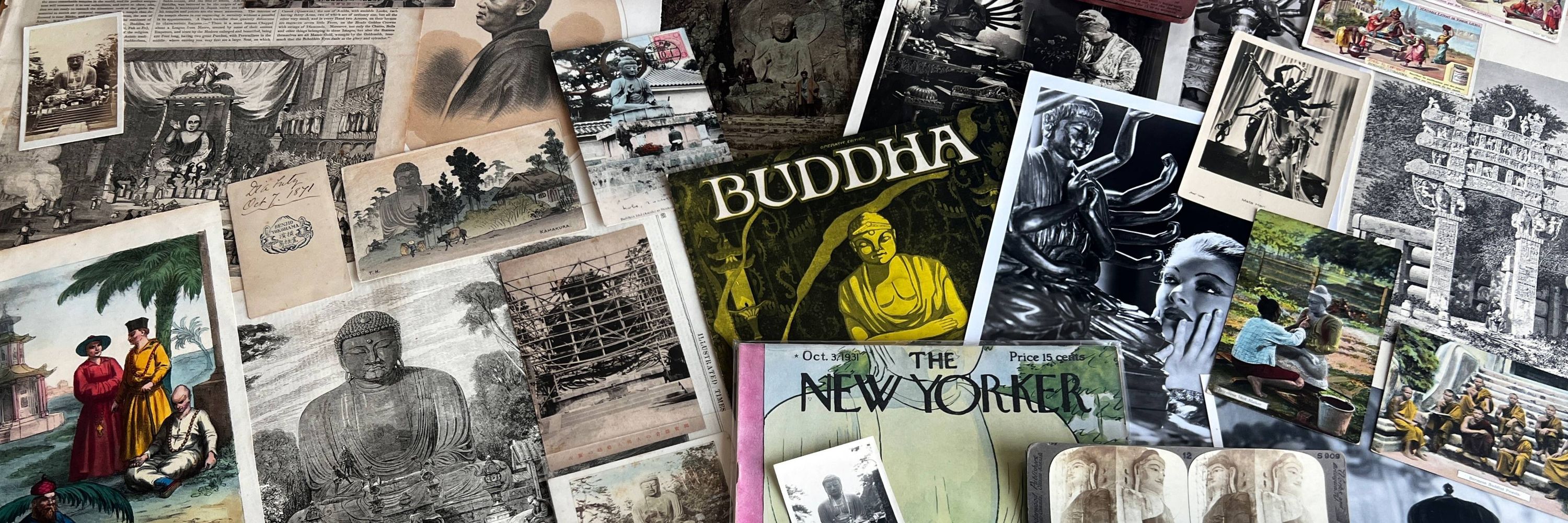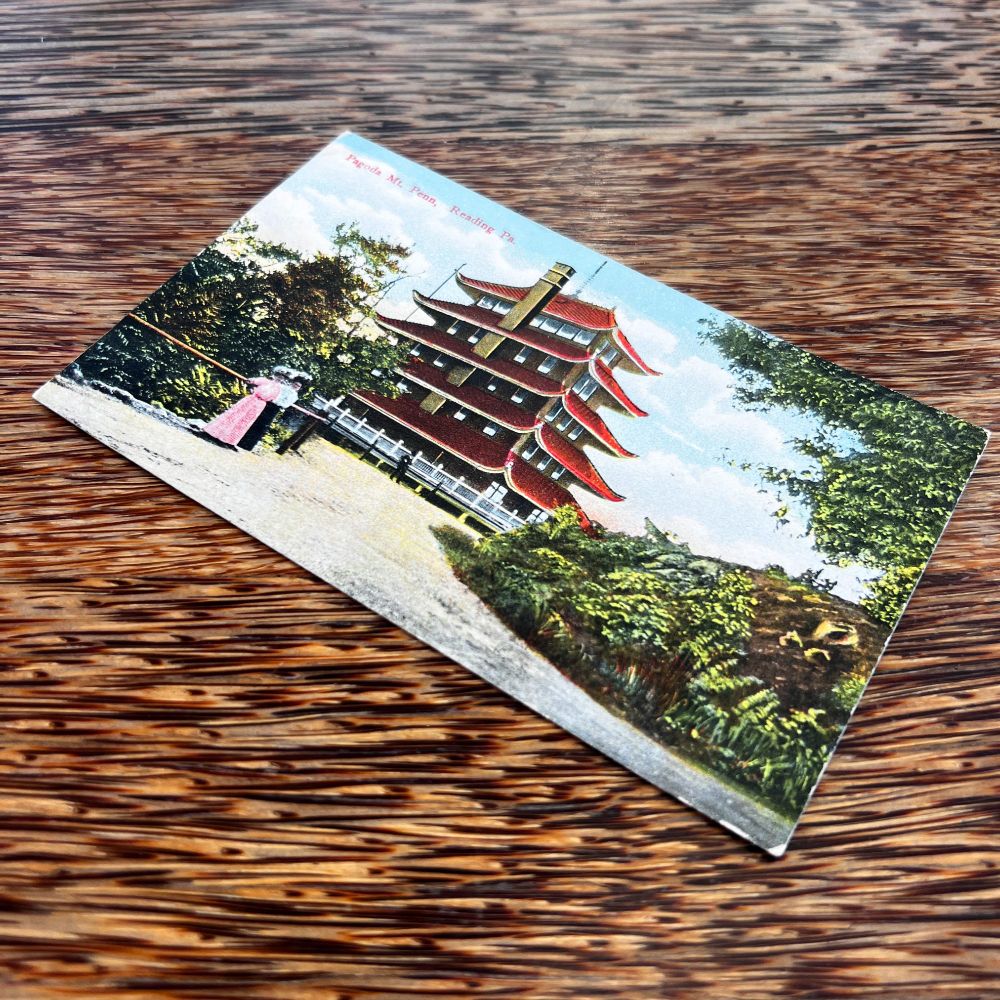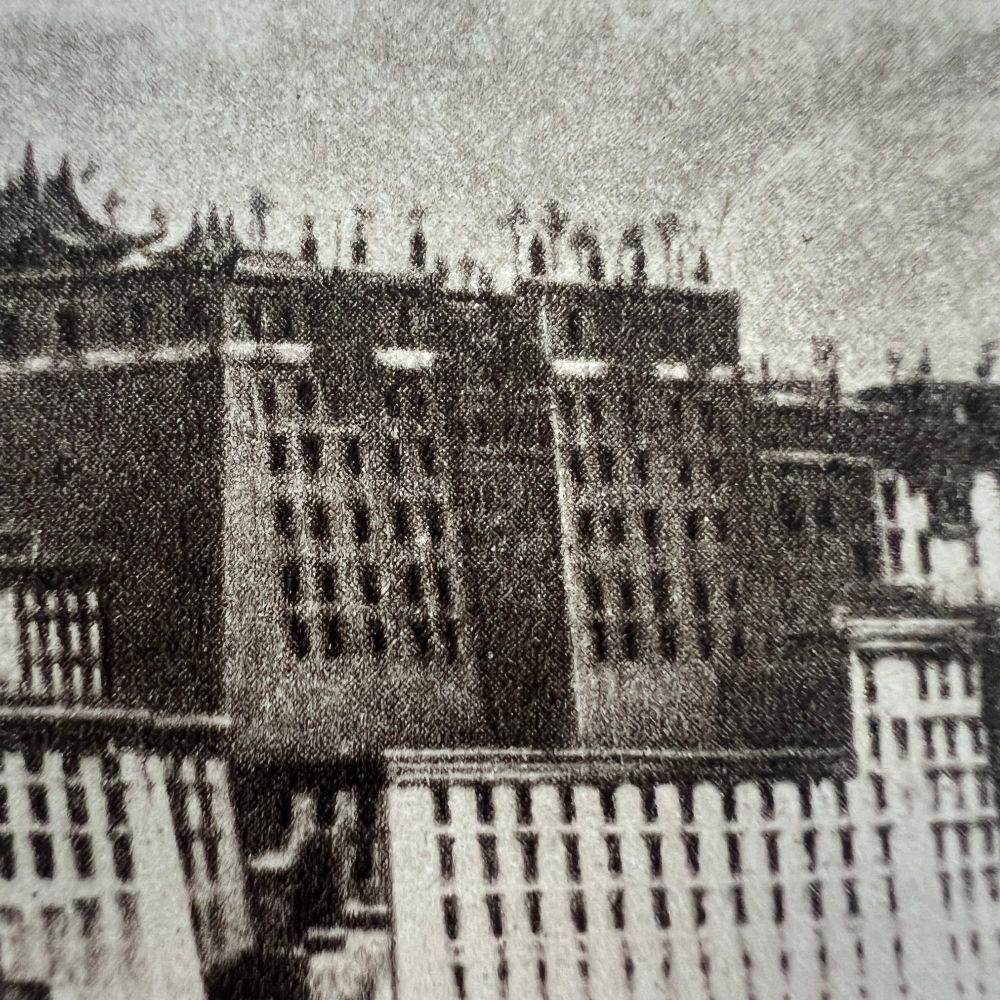
📜 #buddhasinthewest
🌟 New Posts: Mon, Wed, & Fri.
For more on Chanteloup's pagoda see Smentek's "A Prospect of China in Eighteenth-Century France: The Pagoda at Chanteloup" (2019).
#buddhasinthewest

For more on Chanteloup's pagoda see Smentek's "A Prospect of China in Eighteenth-Century France: The Pagoda at Chanteloup" (2019).
#buddhasinthewest
The structures is supported by two round classical stories, including sixteen baseless Doric columns on the ground floor. 4/5

The structures is supported by two round classical stories, including sixteen baseless Doric columns on the ground floor. 4/5
Chambers' sketch also inspired the famous pagoda at Kew Gardens outside London, which was completed in 1762. 3/5

Chambers' sketch also inspired the famous pagoda at Kew Gardens outside London, which was completed in 1762. 3/5
One inspiration for the tower was the Porcelain Pagoda of Nanjing, which had been seen in illustrated European books of China since the 1660s. 2/5

One inspiration for the tower was the Porcelain Pagoda of Nanjing, which had been seen in illustrated European books of China since the 1660s. 2/5
Built by a once-exiled French army officer, the pagoda at Chanteloup remains one of the few remnants of the palace.🧵
🗃️ 📜 #France

Built by a once-exiled French army officer, the pagoda at Chanteloup remains one of the few remnants of the palace.🧵
🗃️ 📜 #France
#buddhasinthewest

#buddhasinthewest
While many of the artifacts are now lost, the temple bell still remains an attraction. 4/5

While many of the artifacts are now lost, the temple bell still remains an attraction. 4/5

After failing to obtain a liquor license, the plan to build a full resort was abandoned and the pagoda became the property of the residents of Reading. 2/5

After failing to obtain a liquor license, the plan to build a full resort was abandoned and the pagoda became the property of the residents of Reading. 2/5
Built as part of a luxury resort, the building and land were donated to the city in 1911, making this Buddhist-inspired building a symbol of the city. 🧵
🗃️ 📜 #Pennsylvania

Built as part of a luxury resort, the building and land were donated to the city in 1911, making this Buddhist-inspired building a symbol of the city. 🧵
🗃️ 📜 #Pennsylvania
We look at the early European depictions of the Buddha and Buddhist monks from the 1660s to 1850s.
🗃️ 📜 #Buddhasinthewest

We look at the early European depictions of the Buddha and Buddhist monks from the 1660s to 1850s.
🗃️ 📜 #Buddhasinthewest
For more on the importance of travel lecturers in spreading information about Asia, see Jeanette Roan's Envisioning Asia (2010).
#Buddhasinthewest

For more on the importance of travel lecturers in spreading information about Asia, see Jeanette Roan's Envisioning Asia (2010).
#Buddhasinthewest
For a total of $30.25, the slides and lecture notes could be purchased by an aspiring lecturer so as to be "well prepared to describe the various scenes intelligently." 4/5

For a total of $30.25, the slides and lecture notes could be purchased by an aspiring lecturer so as to be "well prepared to describe the various scenes intelligently." 4/5
We might find the past splendor of Asia, as seen through its monuments, contrasted with its then-current political strife. 3/5

We might find the past splendor of Asia, as seen through its monuments, contrasted with its then-current political strife. 3/5
An image projected onto a wall or screen would enliven the presentation and provide visual details impossible to elaborate through words alone. 2/5

An image projected onto a wall or screen would enliven the presentation and provide visual details impossible to elaborate through words alone. 2/5
Occupying church halls or town theaters, returning travelers often used “magic lantern” slides to illustrate their captivating travel narratives. 🧵
🗃️ 📜 #Japan

Occupying church halls or town theaters, returning travelers often used “magic lantern” slides to illustrate their captivating travel narratives. 🧵
🗃️ 📜 #Japan
Thank you to everyone for the support! 🙏
👉 tinyurl.com/4kmcwp87


Thank you to everyone for the support! 🙏
👉 tinyurl.com/4kmcwp87
To read the “The World’s Strangest Capital" (without the panorama insert), see here: tinyurl.com/5fd596mx
#Buddhainthewest

To read the “The World’s Strangest Capital" (without the panorama insert), see here: tinyurl.com/5fd596mx
#Buddhainthewest








